Home » Gear Reviews » Fishing » Fly Rods » Trout Fly Rods » Sage Method 590-4
Sage Method 590-4 Review
February 15, 2018





 89
89 The Good
- Longest casting rod in the test
- Good power & fish control
- Well balanced
- Made in the USA
The Bad
- Limited accuracy
- Lacks versatility
- Can be difficult to cast, especially for novices
- Expensive
The Sage Method makes efficient use of Sage’s proprietary materials to create the fastest trout rods in this class. While I’m not someone who easily throws 75 feet of line on a regular basis, the Method let me do just that. The fast-action design proved capable of out-casting any rod my team tested, even when handled by fairly new casters. This casting power earned a lot of praise from a couple testers — guides whose fishing style lends itself to big flies and long distances (such as hucking streamers to big brown trout in the upper Missouri River). For general purpose trout fishing, the Method proved a tad bit one dimensional.
Weight, balance & general feel
The Method’s stiff spine and midsection require a lot of power to get it fully loaded but that effort is partially mitigated by the lightweight design. The Method is physically one of the lightest rods in this class but the power requirements of the fast-action design still left my arm well fatigued after a day of working big stoneflies to Yakima River rainbows.
Casting Distance
The Method is a boomer. Swinging a rod this fast requires some practice and skill, but we found it possible to routinely throw 60 to 70 feet of line. With that performance, we could get streamers upstream and across the widest parts of the Deschutes to work water that other anglers with less powerful rods couldn’t reach.
Even moderately experienced anglers found they could throw more line than normal with the Method, many claiming to reach new personal-best distances. The power of the Method was also an aid in pushing line through heavy winds. With 15-20 mph gusts sweeping across the plains, the Method was still able to put flies well out onto the Missouri River where fish were feeding.
Casting Accuracy
But that great range hinders accuracy — with streamers, precision isn’t vital, but when attempting to place big dries on foam lines at that distance, the Method proved less effective. And casting in closer tended to place dries with a plunk rather than a gentle flutter. The stiff tip section really made it difficult to place delicate casts to nearby fish (within 30-35 feet).
Fishing performance
The power that makes the Method a cannon of a caster, helps control big fish in big waters. When long casts are the norm, it usually means having to haul hooked fish through strong currents and deep waters for a significant distance. The Method’s powerful butt and mid-section and stiff spine give anglers the ability to work those far-flung fish into their net.
The downside to that is the Method lacks the feel and sensitivity needed to respond to delicate strikes and nibbles on drifting nymphs. But for its designed purpose — long casts in big waters — the Method performs exceptionally well.
Versatility
The Sage Method is designed for distance and power. When the winds are howling and the waters as wide and strong, this a great rod to grab. It worked well when casting streamers, weighted nymph rigs, and big foam dry flies. I really loved slinging streamers with it — I prefer single-handed casting to two-handed spey fishing, and with a rod like the Method I could work alongside spey casters with little difference in casting performance. But it’s not a great rod for light dries or close-in work of any type.
Dan Nelson
- Managing Editor & Fly Fishing EditorDan Nelson is GearInstitute.com's Managing Editor & fly fishing editor. He is based in the Pacific Northwest.










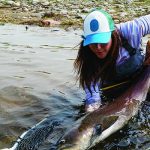

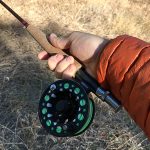

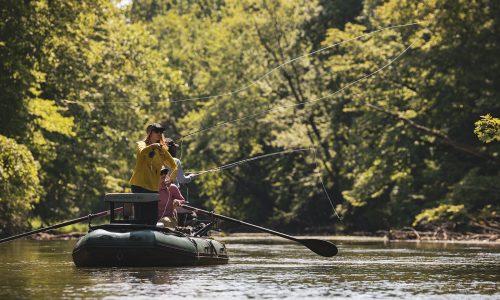

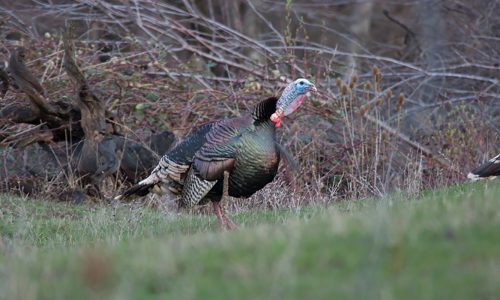
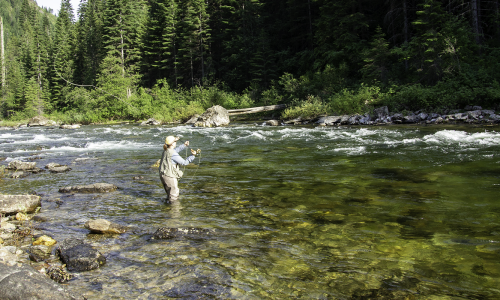


No reviews have been posted for this product.
Use this gear?
Join Gear Nation and leave a review!
Create an Account